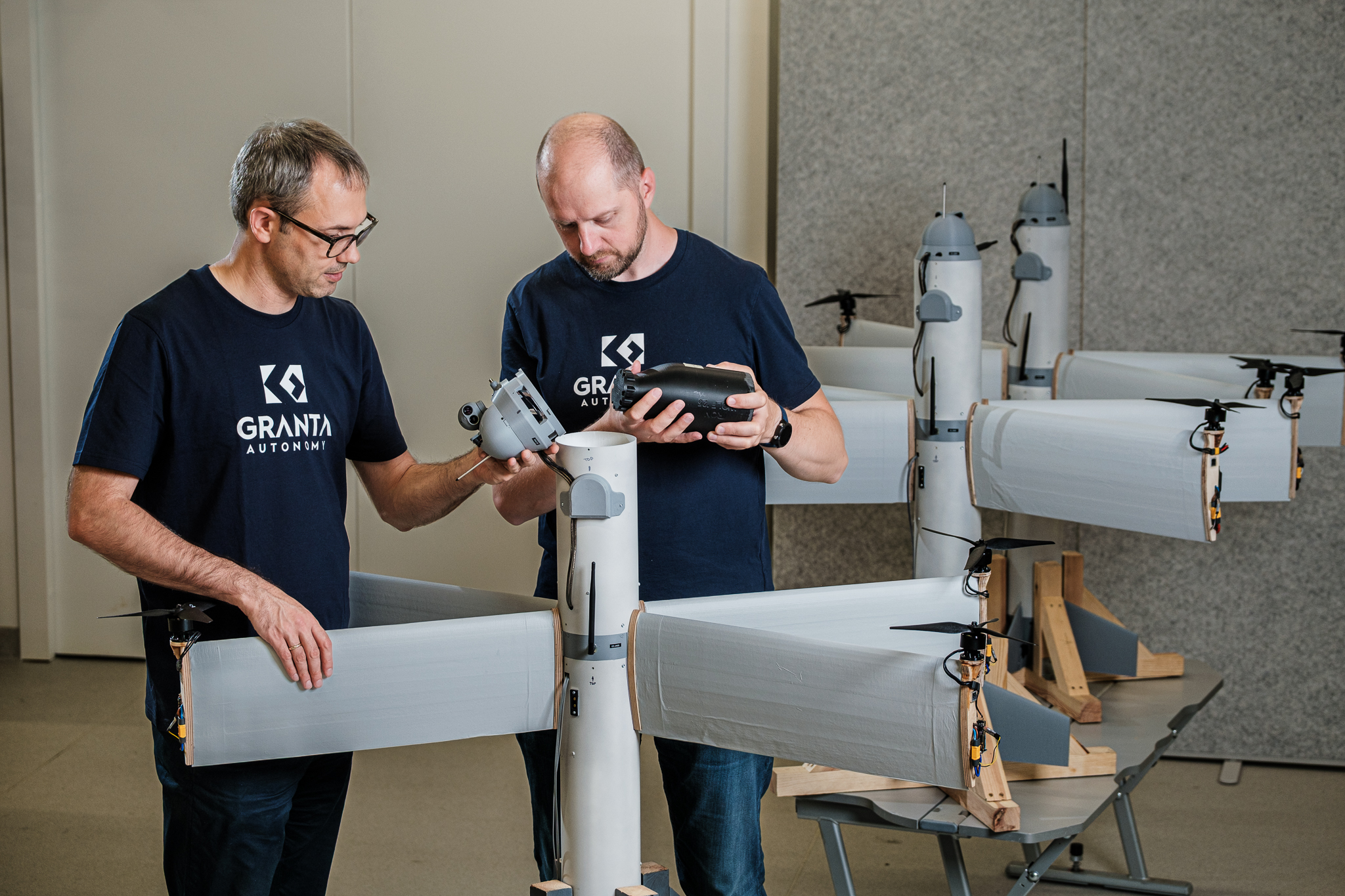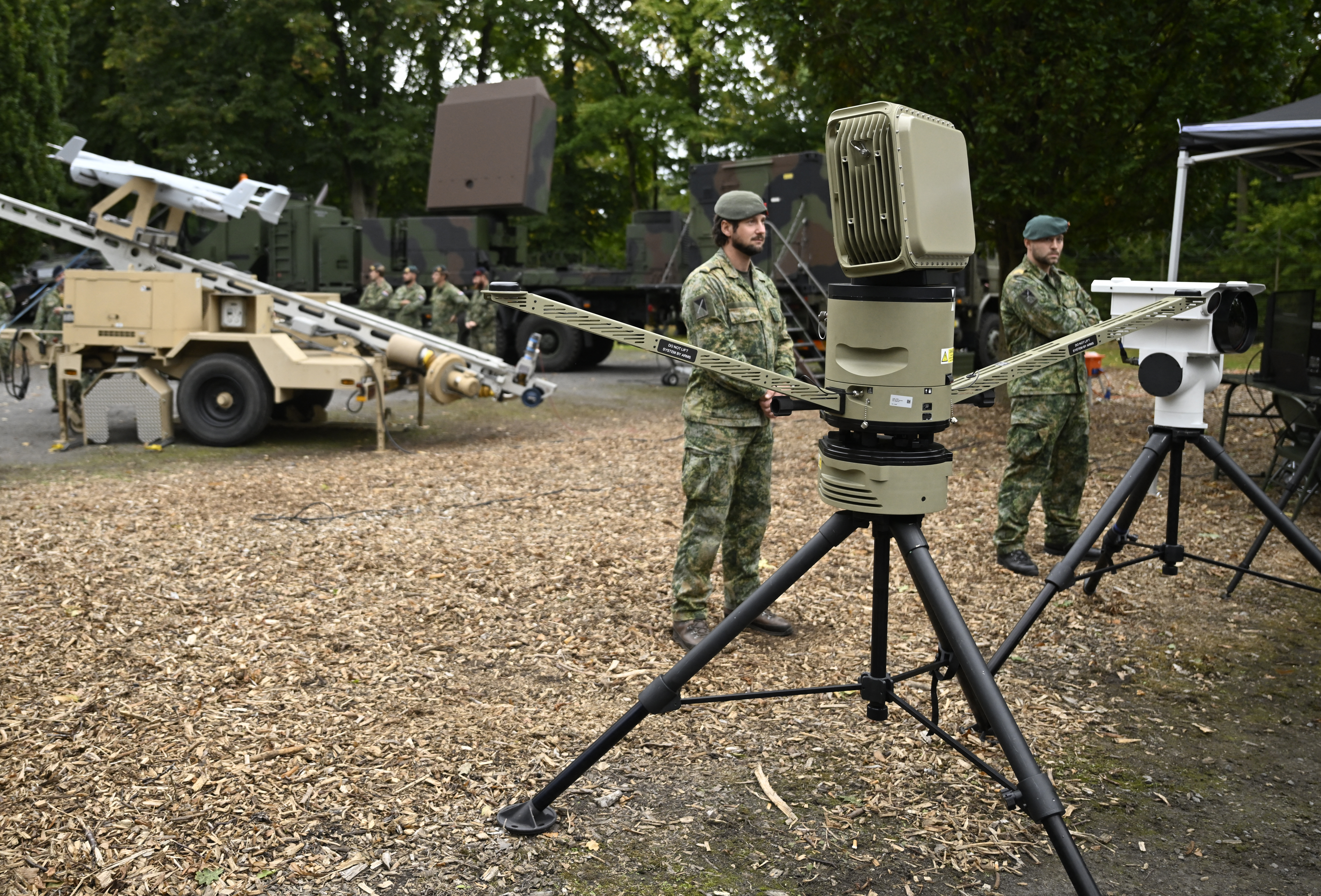
NATIONAL HARBOR, Md.—Defense Department officials are engaged in “active debate” over the future of the Space Force’s data transport architecture and hope to have a decision on the way ahead in time for the fiscal 2027 budget’s release next year.
The service is weighing at least two options for proliferated satellite communications capabilities—the “Transport Layer’ of the Space Development Agency’s satellite architecture in low-Earth orbit and a lesser-known constellation called MILNET, developed by the National Reconnaissance Office in partnership with the Space Force. SpaceX is reported to be the sole MILNET contractor, but defense officials have said the plan is for multiple companies to provide satellites and ground terminals.
Both constellations are in the early stages of development and fielding, with plans to launch hundreds of satellites to low-Earth orbit to provide low-latency communications to military operators around the world.
The Space Force’s fiscal 2026 budget put long-term plans for data transport on hold as USSF leadership considers how and whether both constellations might have a role to play. Specifically, the request zeroed out funding for Tranche 3 of SDA’s Transport Layer, pausing plans to solicit bids for the satellites later this year.
Maj. Gen. Stephen Purdy, the service’s acting acquisition executive, told reporters Sept. 24 at AFA’s Air, Space & Cyber Conference that the service knows “aspirationally” what it wants its SATCOM architecture to do. The U.S. military needs an internet in space—a high-bandwidth, integrated network of data transport satellites that ground systems and other platforms can easily plug into.
At the same time, he said, stakeholders have competing priorities for the system. Some mission partners want to be able to use the network to push large amounts of data to users, a function that MILNET was designed to provide. Others are more focused on tactical, secure communications, which is a key focus for SDA’s Transport Layer.
Purdy indicated the Space Force is attempting to chart a path that addresses both.
“Preserving all of that activity and continuing to build out connectivity is where we’re headed,” he said. “TBD on exactly how that’s going to form out.”
The Space Development Agency’s data transport satellites, built by multiple companies through continuous competition, have until now been envisioned as the backbone of the Defense Department’s effort to better connect sensors and shooters operating across the world. The agency in 2023 launched a batch of demonstration satellites, and earlier this month it launched its first operational spacecraft.
While the Space Force has provided funding for MILNET, the National Reconnaissance Office is the acquisition lead for that program. Purdy didn’t immediately provide details on how many MILNET satellites are in orbit today, noting that USSF’s focus right now is on how the constellation could evolve and what additional capabilities it might need from the system going forward.
“What we’re talking about is, what’s the future? Do you expand on that in the exact same format? Do you expand on that with different systems? How do you build a competitive aspect to that?” he said. “These are all debate topics. We clearly want to maintain the connectivity. Exactly how we’re going to mechanically do that, both contractually and technically, is the piece that’s under debate.”
One area where the Space Force and other DOD agencies are in alignment is on the need for competition and multiple providers within any architecture it pursues. While that approach can complicate things, Purdy said, it’s the best way to ensure the service is tapping into all that industry has to offer.
“We really have to do it because we want to take advantage of the industrial capability and the defense industrial base,” he said. “The administration is kind of demanding it anyway, so we’re all aligned on that front. It’s just technically figuring out how to do it and then structurally within the program office.”
The post Pentagon Still in ‘Active Debate’ Over the Future of Space Data Transport appeared first on Air & Space Forces Magazine.

AFA National, Space, data transport layer, MILNET, SDA, SDA transport layer, space data transport, Space Development Agency, SpaceX, transport layer
Air & Space Forces Magazine
[crypto-donation-box type=”tabular” show-coin=”all”]












